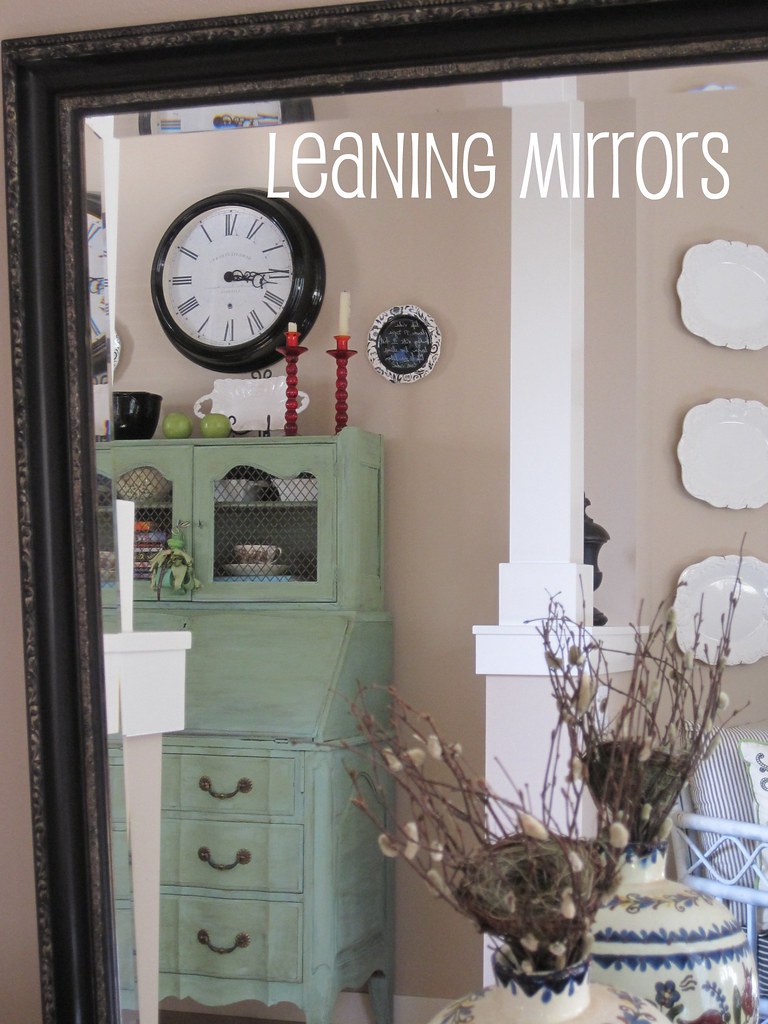
Leaning Art & Mirrors
Back when I wasn’t sure if I was going to be able to buy my new house, I really wanted to make it feel like home without doing anything too “permanent.”I had a number of very heavy mirrors and antique stained glass pieces that I really wanted to enjoy. But hanging them requires some heavy duty wall damage.
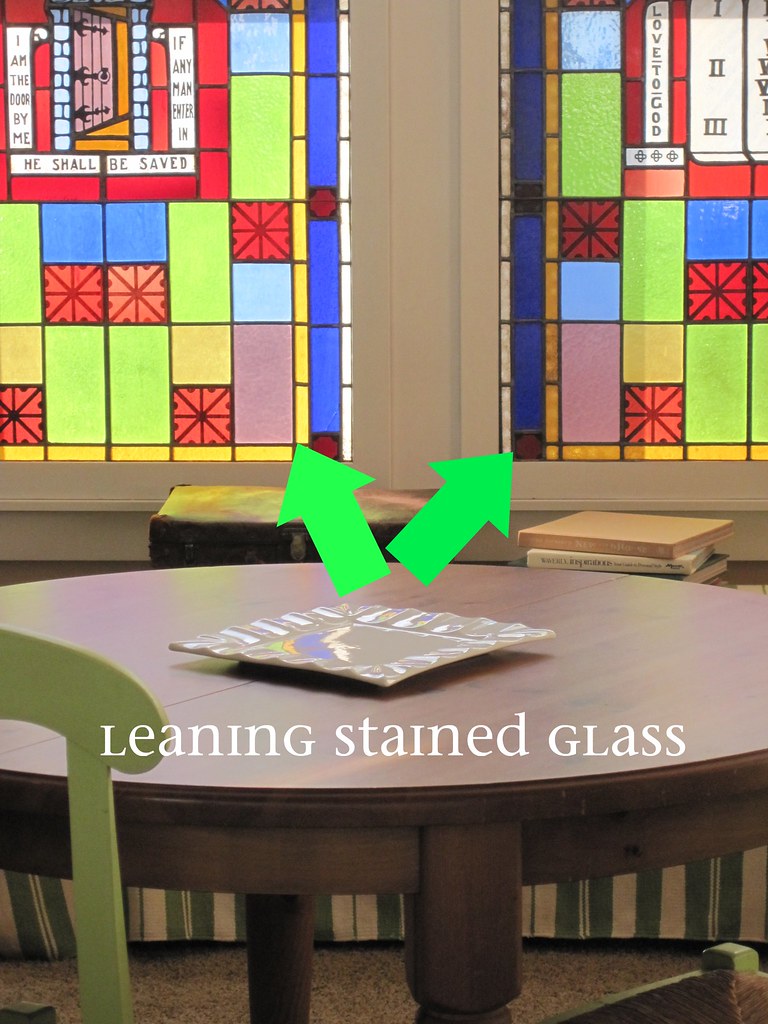
Even in my last house I had times where I didn’t want to put holes in the walls. We had some very old plaster that didn’t always like to be disturbed.
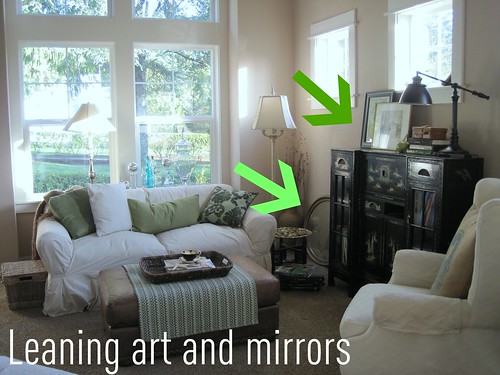
In both homes, I have needed to “lean” some art in order to enjoy it. And funny thing is, even though my “leaning” all started in an attempt to avoid putting holes in the walls, I actually liked how things looked when they were leaning.
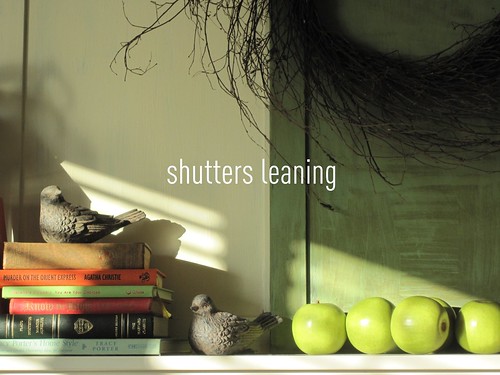
Hanging any art above my mantel was not an option. The builder put one of those massive TV holes there and it was wide open right down to the top of the mantel. There was no way to cover it without construction. Or leaning!

Now, I lean almost as much as I actually hang! I lean things on the back of bookshelves, tabletops, mantels, window sills, floors and stair landings.
I even lean little things, like starfish here are there for a little added interest.
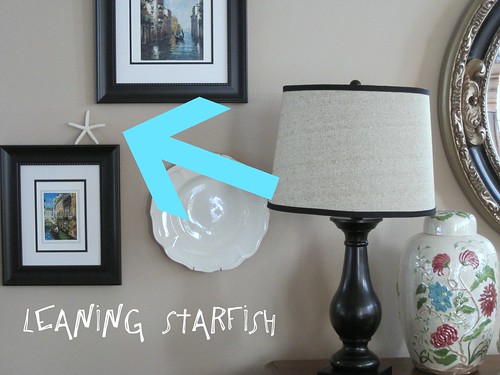
What are some benefits of leaning?
- You can easily move art around at will.
- You can place art without measuring, hammering or two sets of eyes and hands.
- No walls are damaged or need to be fixed if you make a mistake.
- Leaning often looks less formal than having everything hanging.
- You can lean something heavy on a window sill, as I did with my stained glass (I used those new velcro-like hangers to stabilize them on the window frame).
- Layered art ads dimension and interest.
- You can hide unsightly things like wall outlets or like in the case above my mantels, you can hide those big black holes builders create for TVs.
- Leaning items sometimes puts items at a better visual height or angle than hanging could.
Tips for leaning:
- Try leaning architectural pieces, shutters, art or mirrors.
- Bigger heavier things like architectural pieces or mirrors can lean by themselves, without additional layers in front of them.
- Smaller artwork often looks best when layered with two or three items, putting the tallest items in back.
- When leaning more than one item, slightly overlap each additional item in front the piece behind it.
- You can place shorter accessories or stacked books in front of leaning art.
- When leaning mirrors, always check to see what you are reflecting in the mirror.
- Try setting leaning art and mirrors on tables, bookshelves, mantels, window sills or even on the floor.
- If you need to keep art from slipping, use sticky tack to stick things together, against a wall or to keep it from moving forward (sticky tack is like a wad of gum made for hanging posters).
- If you are worried about tipping or have children, you can do a combination of leaning & hanging. Set the item on a surface but still have it secured by a hook. This is actually SAFER than hanging alone!
- If your hanging art looks a little bland or isn’t spaced exactly right, try adding a leaning item (like a starfish) right on the hanging item.
- Don’t worry about the rules for leaning, just lean and if you like what you see, it is all good.





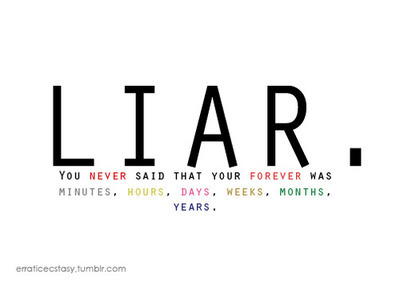
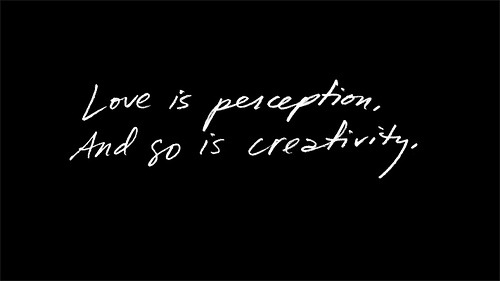
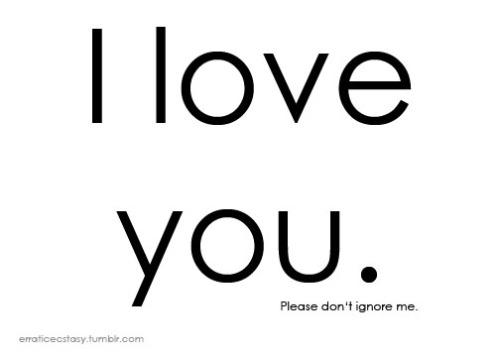
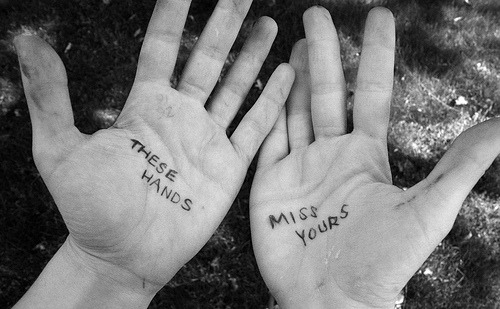


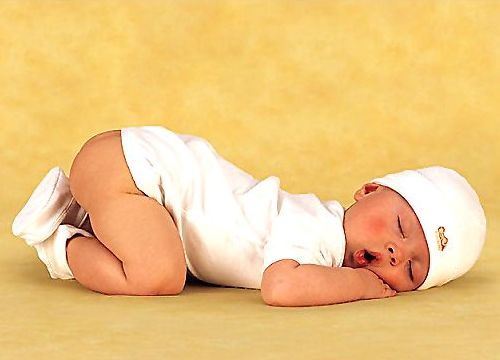


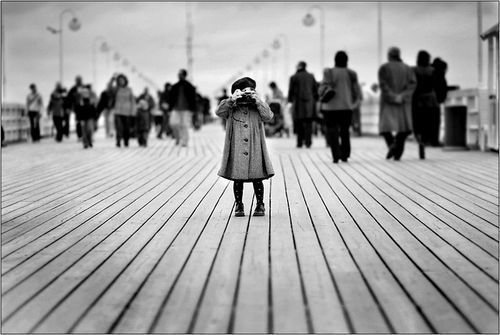

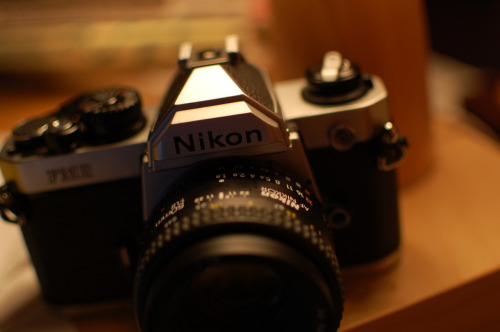
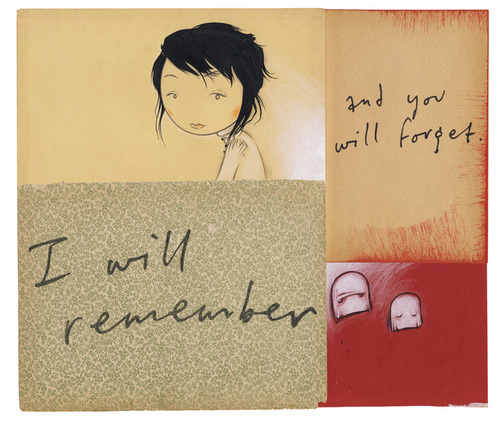


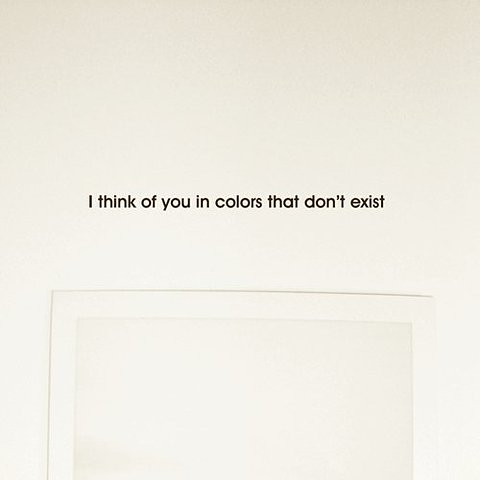

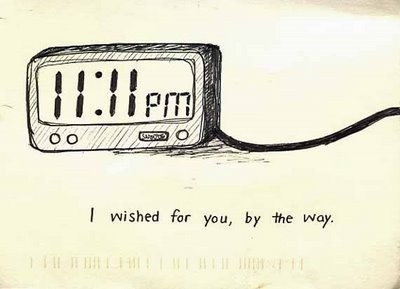


0 comments:
Post a Comment